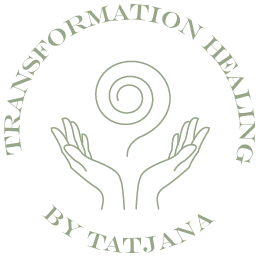One of the very important principles of working with energy is the principle of non-attachment.
Non-attachment refers to not attaching oneself to the outcome of energetic work. Although in energy work, we always use our intention to achieve a certain outcome, the intention is set when we start the work, and after that, we leave it to unfold in the way it needs to. We do not attach ourselves to how something will happen. Often, the outcome is beyond what our personality can even imagine because realistically, we do not know, or we are not aware of all the variables involved in something.
When we conscientiously do our part of the work, we detach ourselves from that person and situation, just as in any other job, we do not “take that work home with us,” which means we do not mix it with our private life, our thoughts, or feelings, we do not go to bed with it. As sensitive human beings, we may feel empathy towards the receiver, but clinging tightly to the fervent desire to help, make them happy, or miraculously heal them will not benefit either us or the receiver. There may indeed be miraculous outcomes, but they will not arise from our inability to let go when necessary.
For example, if we are working on someone who has severe back pain, our intention as therapists may be focused on reducing the person’s pain. However, soon after the treatment, the recipient may complain of some unusual symptoms, feeling sadness, memories surfacing… The worst thing a therapist can do at that point is to join in the recipient’s panic. What happens as a result of the treatment is beyond ourselves. If as therapists, we channel very high vibrations of consciousness, consciousness is far more intelligent than our personality and knows what is necessary for healing. In the case of painful back, it is possible that the recipient needs to confront something, whether it is emotional cleansing or vibrations that carry certain sensations in the body, we cannot fully know. Therefore, there is no benefit in panicking with the recipient. What is reasonable for the therapist at that moment is to support the recipient and to “hold space for them,” with warm words, advising on steps that could be helpful.
One of the valuable lessons I have learned in my healing work is: sometimes, individuals need to be allowed to fall apart so they can find themselves again. Which means, when someone is falling apart, do not try to collect their pieces, it’s like fighting a sandstorm. That experience is something the person needs to grow, and I can use another metaphor: a caterpillar becomes a butterfly using its own strength, and no one from the outside can interfere in that process. That’s the secret of taking one’s own responsibility.
Treatment is not even approached if the person has not requested it from the therapist and if it is immediately clear to the therapist that the recipient’s need for treatment stems from avoiding the recipient’s responsibility and avoiding facing themselves in any way. Therefore; helping others is okay, but it is not taking on the responsibility that is their own.

